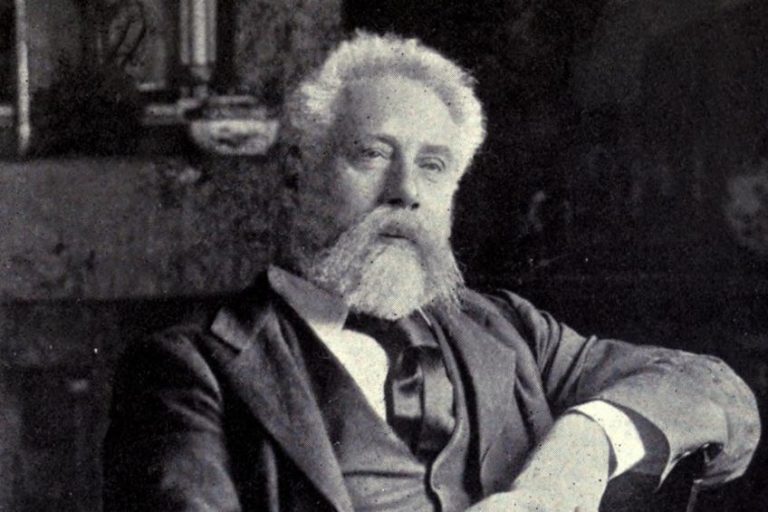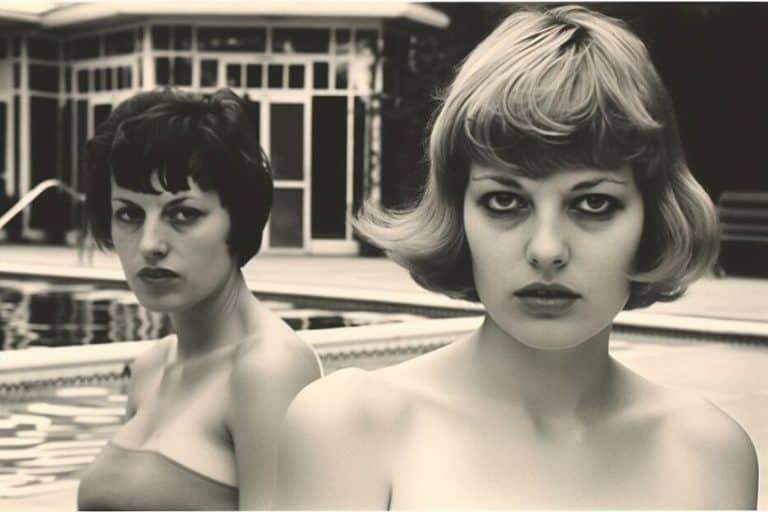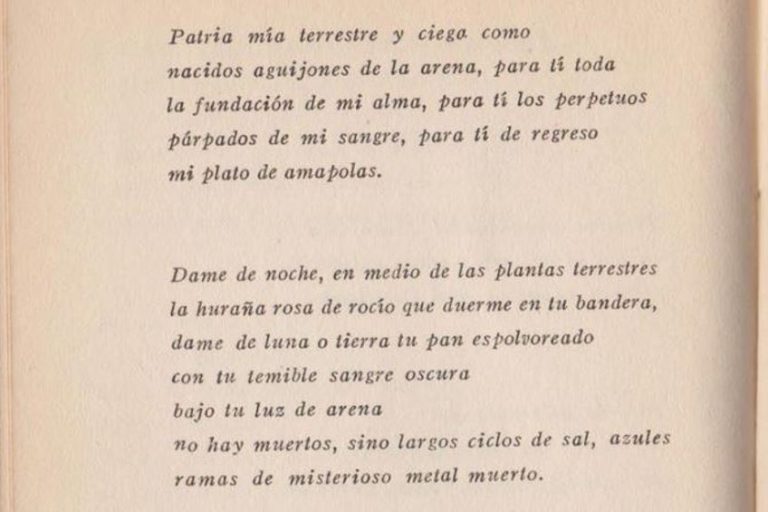Langston Hughes Poems – Dive Into the Harlem Poet’s Repertoire
There have been many phenomenal writers over the years, but every now and then you will learn about a writer who played an even more significant part outside the literary realm than solely within it. We are going to have a look at a number of poems by Langston Hughes, an African American writer and activist, who prolifically produced a wide array of texts in his life. Additionally, some of his best-known of those texts were poems. However, we aren’t going to have a look at these poems by staying here all day. Let’s get to some poems!
Table of Contents
- 1 A Few Langston Hughes Poems
- 2 The List of Langston Hughes Poems
- 2.1 The Negro Speaks of Rivers (1921)
- 2.2 Mother to Son (1922)
- 2.3 Hard Daddy (1922)
- 2.4 The Weary Blues (1925)
- 2.5 Pierrot (1926)
- 2.6 Fantasy in Purple (1926)
- 2.7 I, Too (1926)
- 2.8 Harlem Night Song (1926)
- 2.9 Let America Be America Again (1936)
- 2.10 Note on Commercial Theatre (1940)
- 2.11 Montage of a Dream Deferred (1951)
- 2.12 Harlem (1951)
- 2.13 Madam and the Phone Bill (1994)
- 2.14 Remember (2009)
- 2.15 I look at the world (2009)
- 3 The Influence of the Poems by Langston Hughes
- 4 Frequently Asked Questions
A Few Langston Hughes Poems
Langston Hughes was a writer and activist who was born in Joplin, Missouri. He is known for a variety of texts that he produced throughout his active years. He wrote many poems, some novels, and plays, and he was a columnist. One of his best-known contributions was as a pioneer of a form known as jazz poetry, which incorporates jazz-like elements, such as jazz rhythms and improvisation into the artform.

On top of this, his most influential contributions likely came in the form of his activity within the Harlem Renaissance. This resurgence of African American art and culture would go on to have significant impacts throughout the 20th century. During his career, Langston Hughes was immensely prolific, and he also became involved in the American Civil Rights Movement from the 1940s. His efforts to elevate African American literature and culture would come to be a defining characteristic of his career. This is why he is still celebrated to this day as an important American cultural figure.
However, today, our focus will be on some of his poetry alone, but his poems are also injected with an African American sensibility and aesthetic that makes them unique in their period.
The List of Langston Hughes Poems
Following from this, we will have a look at 15 different poems by Langston Hughes. Some of these poems are far more famous and influential than others, but they are all valuable in their own way, and they reflect a flair that is distinctly Langston Hughes. If learning about a cultural figure from the American Civil Rights Movement is something that you would be interested in learning a little more about, then we shouldn’t spare any more time and we should instead dive straight in with the first of these poems.
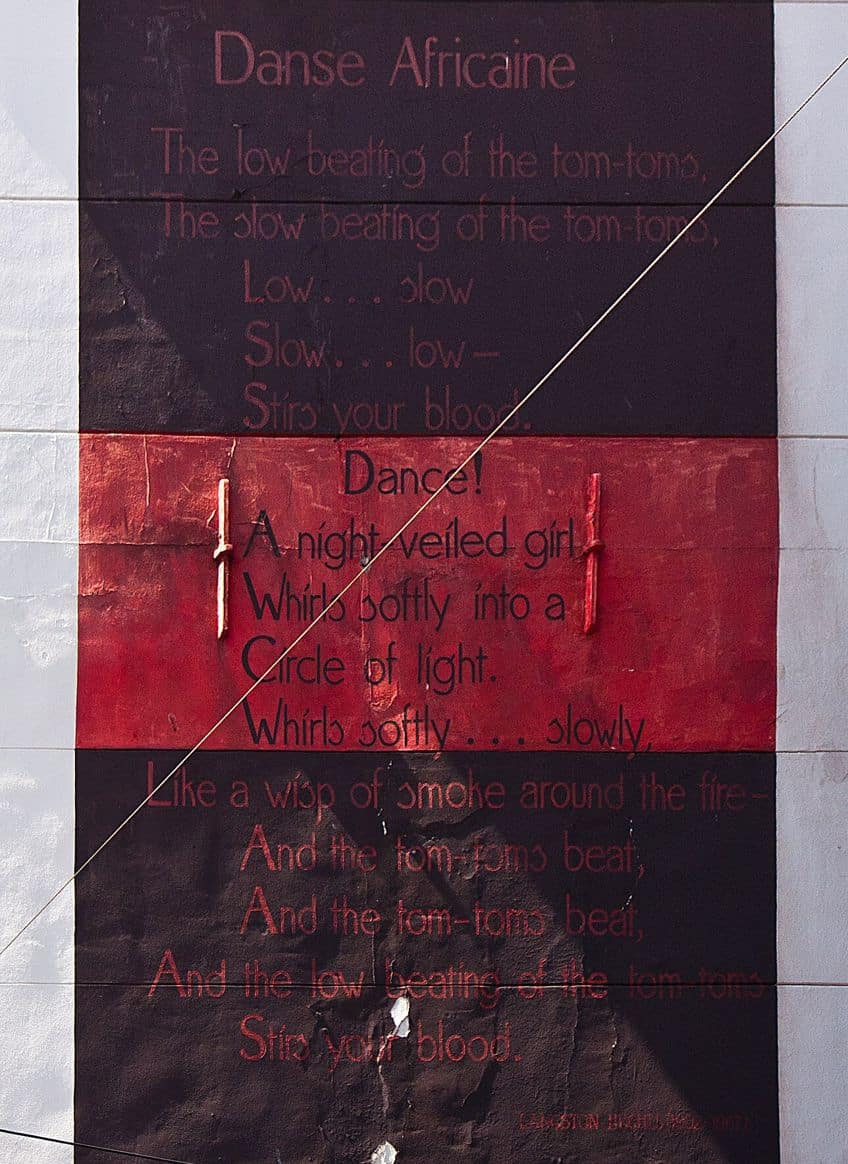
The Negro Speaks of Rivers (1921)
| Date Published | 1921 |
| Type of Poem | Narrative poem |
| Rhyme Scheme | None |
| Meter | None |
| Topic | History of African American people |
The Negro Speaks of Rivers is one of the earlier poems by Langston Hughes, and it presents the reader with a representation of the experiences of the African American people. It uses the metaphor of rivers from around the world to show the movement of the African people until they had entered the Americas. It looks at the development of civilization in the Congo, the construction of pyramids, and the eventual freeing of the slaves in the United States.
Like many Langston Hughes poems, the focus is squarely on African American people but does not have as much of a focus on social change as some of his later works.

Mother to Son (1922)
| Date Published | 1922 |
| Type of Poem | Narrative poem |
| Rhyme Scheme | None |
| Meter | None |
| Topic | Discrimination |
Mother to Son is one of the best Langston Hughes poems, and it explores ideas surrounding discrimination while keeping your head up by using a conversation with a mother. This mother tells her son about how the world works and how she’s had to live with it. She gives her advice and views on the world, and this is used as a means of upliftment. The world around African American people is difficult, but the poem encourages the son to never give up regardless of that. This poem has resonated with many over the century since its publication.
And if you want to know a whole lot more about this poem, I even produced a full analysis on this very site for anyone who may wish to discover all they can about one of the best Langston Hughes poems.

Hard Daddy (1922)
| Date Published | 1922 |
| Type of Poem | Blues poem |
| Rhyme Scheme | Variable |
| Meter | Variable |
| Topic | A father’s neglect |
Hard Daddy is a harsh poem. It does not show something positive and instead shows the way in which a woman goes to her father for help and comfort, and he only turns away from her. He doesn’t care about her and goes so far as to tell her that he will not comfort a crying woman. The final affirmation of the poem is one of anger as the woman wishes that she had the power to harm those who were like her father, those who neglected and abused. The poem’s use of language and its frank exploration of these kinds of abuses sets it apart from many other poems.
It even feels more like the kind of confessional poetry that you might find in the works of Sylvia Plath.

The Weary Blues (1925)
| Date Published | 1925 |
| Type of Poem | Lyric poem |
| Rhyme Scheme | Variable |
| Meter | Variable |
| Topic | Art |
The Weary Blues is about the blues themselves. In this case, I mean the musical genre rather than the state of being sad. This poem by Langston Hughes focuses on someone playing a blues song and the poem acts as a reflection on the very nature of African American music. It looks at the sadness in it, and the trauma that led to its creation in the first place. However, it was able to take something dark, sad, and unhappy and transform it into something beautiful. This is the very nature of art itself, and in this case, the goal is to show that this is the case with African American music and artistry.
It is to elevate the cultural creations of fellow African American people.

Pierrot (1926)
| Date Published | 1926 |
| Type of Poem | Free verse poem |
| Rhyme Scheme | None |
| Meter | None |
| Topic | Contrasts in personality |
Pierrot is the story of two men. One of those men is known as Simple John, and this man works hard and has a rather conservative existence. He is juxtaposed against Pierrot, who has a more carefree and enjoyable life. One of the major points of focus is that Pierrot is portrayed as more of a lady’s man, and by the end, he runs away with Simple John’s wife. This poem shows contrasts between these two types of men and the differences between them.
It has a more jovial tone than many of the more famous Langston Hughes poems that I have and will discuss in this list.

Fantasy in Purple (1926)
| Date Published | 1926 |
| Type of Poem | Jazz poem |
| Rhyme Scheme | Variable |
| Meter | Variable |
| Topic | Segregation |
Fantasy in Purple is a poem that fixates on music. It uses music as a means of exploring the idea of racial segregation that the African American people were forced into the decades following the end of American slavery. It is a song about tragedy and sadness, and it expresses the feelings that are felt by those in situations like Langston Hughes, African American men who were intimately involved with the struggle for equality.
The poem has not remained one of his most famous poems, but it certainly is a powerful one.

I, Too (1926)
| Date Published | 1926 |
| Type of Poem | Free verse poem |
| Rhyme Scheme | None |
| Meter | None |
| Topic | Racial segregation |
I, Too is one of the many Langston Hughes poems that explores and examines racial segregation. In this case, it shows the life of a black man who is denied entry, forced to be away from others, and must eat alone. The poem ultimately concludes with an affirmation of strength and that this will not persist.
It ultimately states that regardless of what certain people in the country say, he is also an American.

Harlem Night Song (1926)
| Date Published | 1926 |
| Type of Poem | Free verse poem |
| Rhyme Scheme | None |
| Meter | None |
| Topic | Love |
Harlem Night Song is one of the many poems by Langston Hughes that has a certain musical quality to it as it describes someone as they walk through the streets of Harlem. They’d been out and having a good time, but the night was particularly beautiful, and this speaker tells another that he loves them. Together, they spend the romantic night in the outside air while singing beside one another.
It has a positive and hopeful image that is often not as present in many Langston Hughes poems.
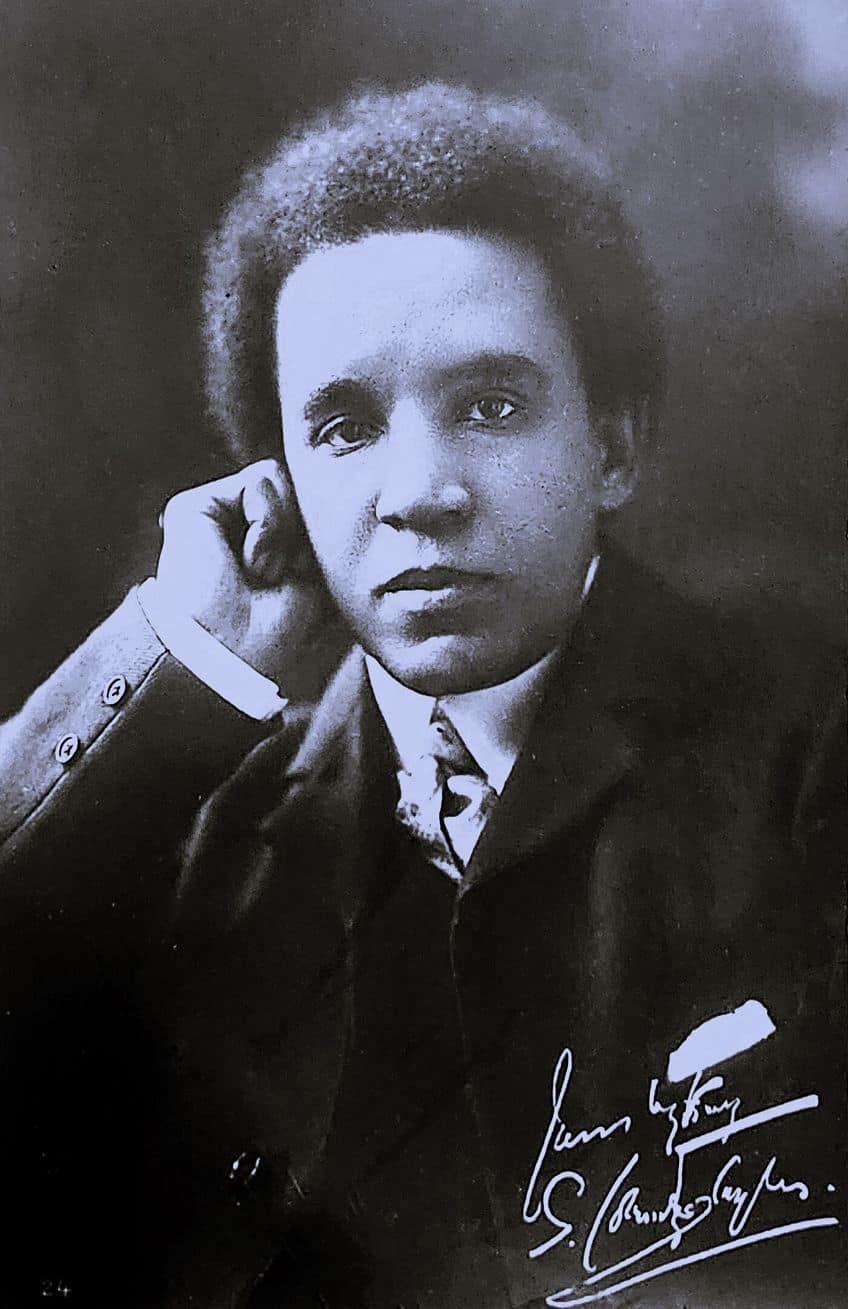
Let America Be America Again (1936)
| Date Published | 1936 |
| Type of Poem | Lyric poem |
| Rhyme Scheme | ABAB |
| Meter | Variable |
| Topic | Disillusionment |
Let America Be America Again is a poem about America, as you might have guessed. It is somewhat similar to a later Langston Hughes poem on this list, Harlem, in that it focuses on the idea of the dream. In this case, it’s the American Dream and the myth that in the United States, anyone can succeed and live a life of freedom, equality, and wealth.
It shows how this dream has been denied to the African American people, and the so-called freedoms and such that the United States projects are a lie for many of those who live within that country.

Note on Commercial Theatre (1940)
| Date Published | 1940 |
| Type of Poem | Free verse poem |
| Rhyme Scheme | None |
| Meter | None |
| Topic | The issues of patronage |
Note on Commercial Theatre is one of the Langston Hughes poems that feels like it suffers the most pain. It opens by talking about how all of these African American artforms have been appropriated by white culture in the United States and used in larger venues and cultural events, such as Broadway and the Hollywood Bowl. The culture that he and fellow African American artists have fought so hard to produce has been usurped and used. Transformed from its original purpose and altered beyond their recognition.
It ultimately does have a sense of hope though as it affirms that the African American people will simply have to produce their own work rather than allowing others to take it.
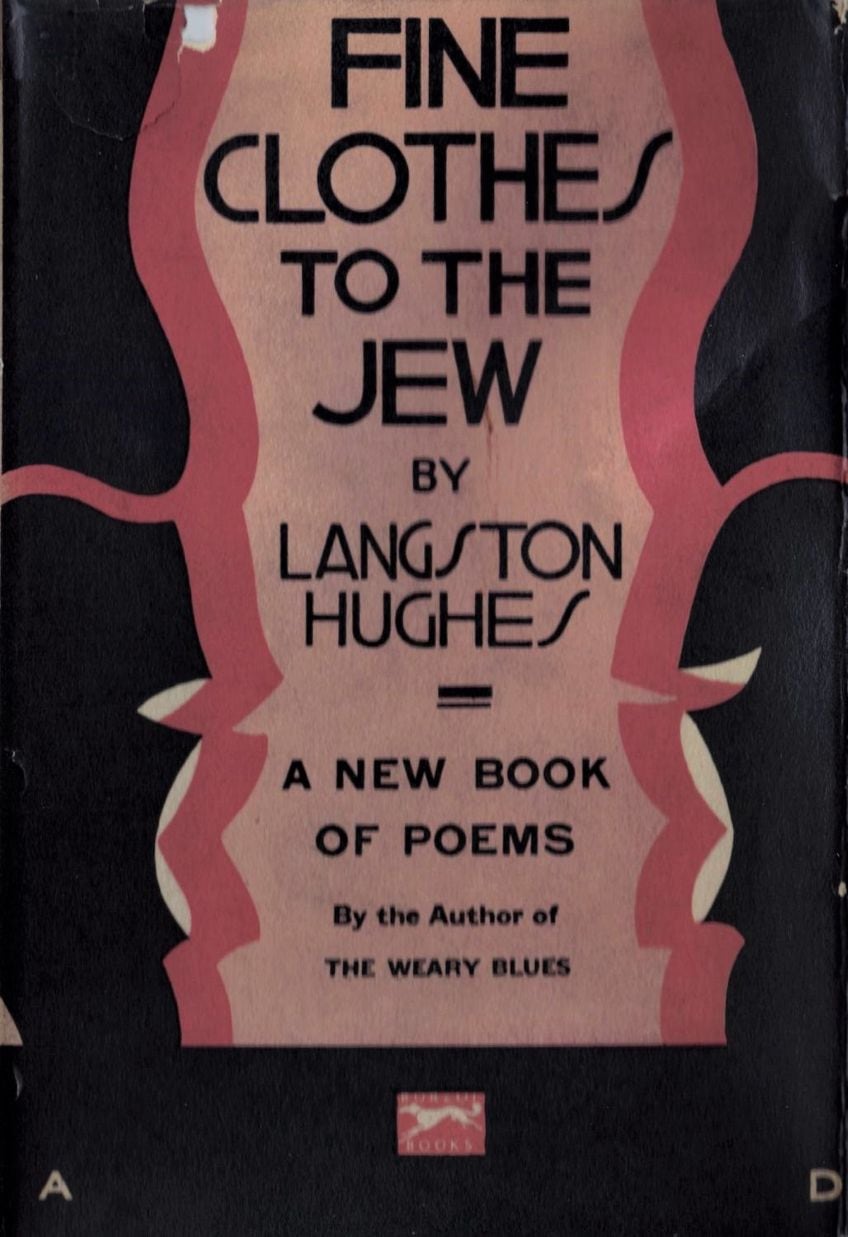
Montage of a Dream Deferred (1951)
| Date Published | 1951 |
| Type of Poem | Jazz poetry |
| Rhyme Scheme | Various |
| Meter | Various |
| Topic | A montage of Harlem |
Montage of a Dream Deferred is a rather fascinating thing because it’s a book-length collection of poems. However, the reason this has received its own entry is because even though there are 91 different poems within this collection, they are intended to be read as a single poem. So, we may see these 91 separate poems as chapters in a longer text. The text, as a whole, focuses on Harlem over 24 hours.
It shows how the various people live in that part of New York City and uses jazz poetry styles to convey the world and the characters within it.
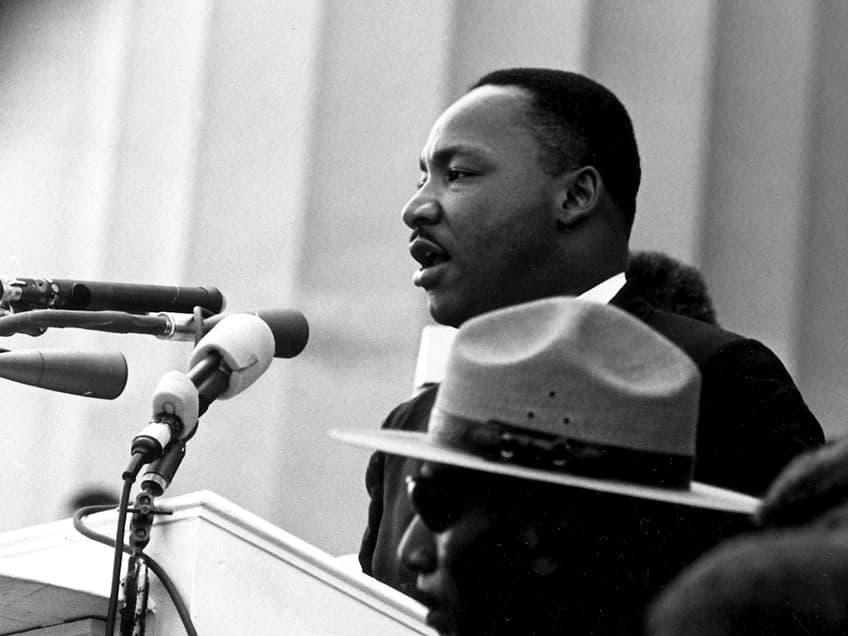
Harlem (1951)
| Date Published | 1951 |
| Type of Poem | Free verse poem |
| Rhyme Scheme | None |
| Meter | None |
| Topic | The deferment of the dream of equality |
Harlem is probably the most famous of all Langston Hughes poems. In it, the speaker asks whether the constant deferment of the dream of equality, which the United States has projected since its inception, can be justified. The poem asks one rhetorical question after another. If this lack of equality persists, will the dream dry up, will it start to stink like rotten meat, or will it eventually explode and cause real-world violence to erupt? This is a poignant poem and one of the most influential in the Civil Rights Movement.
For instance, aspects of it can be found in the “I have a dream” speech by Martin Luther King Jr.

Madam and the Phone Bill (1994)
| Date Published | 1994 |
| Type of Poem | Free verse poem |
| Rhyme Scheme | None |
| Meter | None |
| Topic | Long-distance relationships |
Madam and the Phone Bill is a rather humorous poem that presents us with a funny situation. The speaker is a woman who has been charged for a long-distance call and she’s on a call with the phone company to deny that she should be forced to pay these charges. According to them, she accepted the charges, but she refuses to acknowledge this and continues to argue against them instead. Poems like this can often be fantastic for those who are trying to get into poetry because it has weight behind it yet is fun to read and talk about, or at least, this has been the case in my own teaching experience.
What can I say, people respond to humor!

Remember (2009)
| Date Published | 2009 |
| Type of Poem | Free verse poem |
| Rhyme Scheme | None |
| Meter | None |
| Topic | Memory of oppression |
Remember is an angry poem that uses that anger to incentivize people to keep up the fight for the end of oppression. It is one of the Langston Hughes poems that encourages all the African American people to refuse to forget about the oppression that they have experienced for centuries. It looks at historical events like slavery and colonialism and it wants the reader to remember that those things were not all that long before and that they are the reason things are the way they are now.
It may not be a happy poem by Langston Hughes, but it is one with a very firm and understandable political message.

I look at the world (2009)
| Date Published | 2009 |
| Type of Poem | Free verse poem |
| Rhyme Scheme | None |
| Meter | None |
| Topic | Refusal to remain passive |
I look at the world is a poem by Langston Hughes that was published posthumously. It examines the idea of observing and perceiving the world from the viewpoint of an African American person. They see the oppression and the way that their lives have been controlled, and it ultimately affirms that they need to work together to help tear down these walls and instead build something better.
It is an ultimately hopeful poem, but one that reaches that level of hope by refusing to remain passive in the face of a world that has been actively cruel to you and your people.
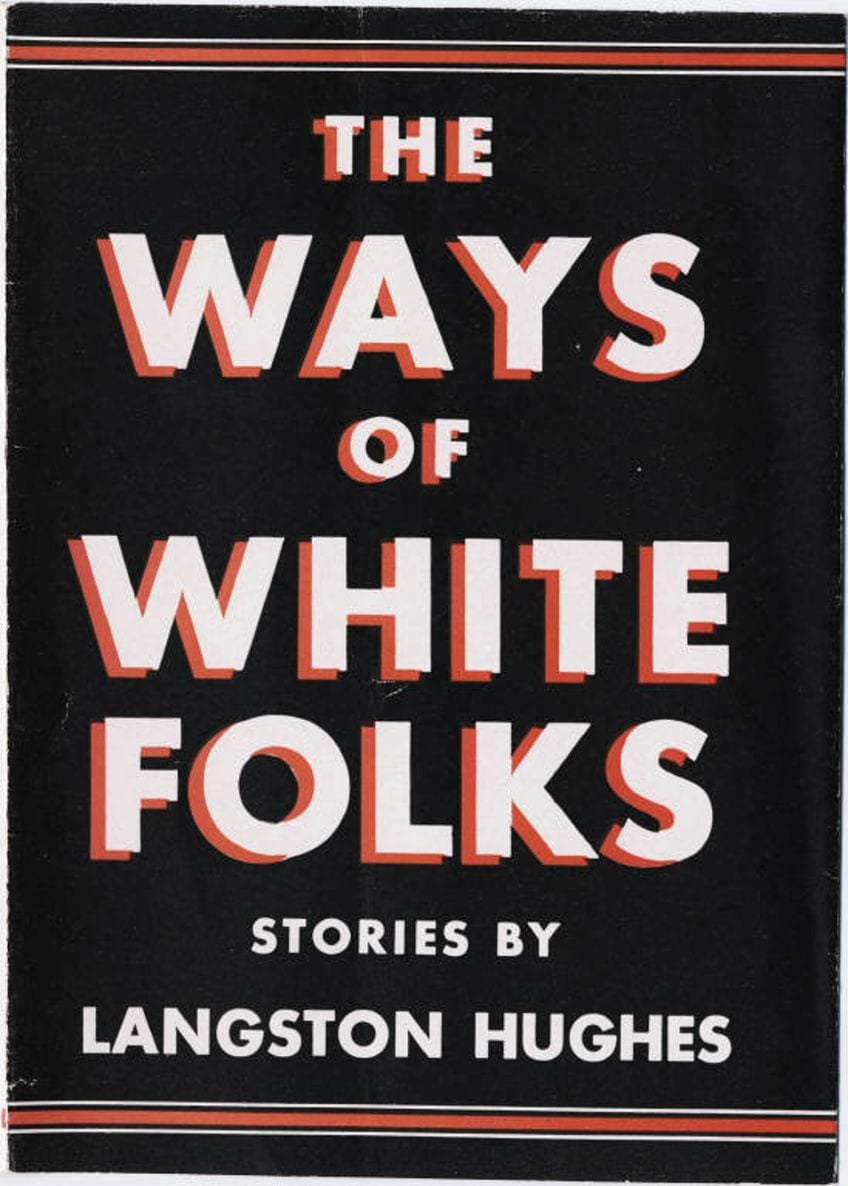
The Influence of the Poems by Langston Hughes
It is difficult to overstate the influence that Langston Hughes had on American literature in the early-20th century. Some of his major contributions touched the Harlem Renaissance, which was a resurgence of African American art and culture in the 1920s until the 1930s. Simply by being a major figure within this movement, he would immediately have an impact on those who came after him. This kind of influence compounds.
So, whoever he managed to inspire would likely go on to do something similar with the poets who, in turn, followed them.
Other than this major contribution to the development and proliferation of African American culture, he would also have an influence on Martin Luther King Jr. In more specific terms, there are elements of his poetry in the speeches of King, such as the famous, “I have a dream” speech. This political impact would follow him as he also became a figure arguing for civil liberties in the United States for African American people.

These accomplishments would be enough on their own, but many modern poets have also taken inspiration from him, and music has also felt his presence. The many Langston Hughes poems and other texts that exist in the world have gone on to take on lives of their own. The remnants of his work can be found throughout contemporary work, and this is the result of what this kind of influence can do.
At last, we have come crashing down into the endpoint of this list of Langston Hughes poems. We could not cover all of them, as such a thing would have been impossible given the full scope of his work and ideas, but we have provided a good place for those who want to know a little about the poetry that would have such a major impact on the Harlem Renaissance. However, if you do want to learn some more, there are many other Langston Hughes poems out there and, for those who are even more interested, there are some analyses of a few poems by Langston Hughes on this very site. This means that for those who want to learn more, there is a lot more for you to find and discover!
Frequently Asked Questions
Who Was Langston Hughes?
Langston Hughes was an African American writer and activist who would go on to become one of the most significant writers in the early 20th century in the United States. His work would have a major influence on the Harlem Renaissance, and many would come to be inspired by his often-rhythmic poetry that typically had something deeper it needed to convey to the audience. Many of his texts would focus specifically on African American people, racism, oppression, and other heavier topics that would go on to inform aspects of later works within those communities.
What Kind of Poetry Did Langston Hughes Write?
Langston Hughes is probably best known, in terms of more formalized areas of poetry writing, for being a major innovator in jazz poetry. This is a form of poetry that takes onboard more jazz-like qualities. For instance, there was often a level of improvisation in these kinds of texts, as well as them being oriented around jazz flows and rhythms. Many of these kinds of poems were also thematically related to the lives of those in oppressive situations, such as the African American working-class people. Not all of his poetry necessarily fell within this particular type, but they do serve as some of the best-known examples of poems by Langston Hughes.
What Is the Connection Between Langston Hughes and Martin Luther King Jr.?
The figures of Langston Hughes and Martin Luther King Jr. are both titanic within the turbulent period known as the American Civil Rights Movement. They were both friends with one another and communicated with each other over the years. There were also instances of King reciting some Langston Hughes poems, and one of the most famous speeches ever uttered, the I have a dream speech, took some elements from the poetry of Langston Hughes. They were both fighters against the same oppressive regime, and so they aided one another over the years even if they did not directly communicate all too often.
How Did Langston Hughes Contribute to the Harlem Renaissance?
It is difficult to disconnect Langston Hughes from the Harlem Renaissance. This major figure in 20th century African American literature was seen as one of the leaders of the Harlem Renaissance. This movement would last from the 1920s until the 1930s, and he would often serve as a major voice of the people. For instance, he often argued for the increased presence of African American culture and art, the uplifting of the poor African American people in Harlem, and a major push toward social activism. While there were many other artists during this period who were integral to the development of the work of the Harlem Renaissance, they were not typically as prominent within those spaces as the columns, novels, and poems by Langston Hughes.
What Are Some of the Most Famous Langston Hughes Poems?
Langston Hughes wrote a lot in his life. He wrote a lot more than only poems too. In addition to writing poems, he wrote novels, columns, and plays. However, when it comes to the Langston Hughes poems for which he is so well known, some of the best include Mother to Son (1922), I, Too (1926), and Harlem (1951). We can hardly be expected to cover the full breadth of the work produced by a prolific figure of this scale, but these few poems, and those in the list above, should be a good introduction for those who are interested in diving a lot deeper.
Justin van Huyssteen is a freelance writer, novelist, and academic originally from Cape Town, South Africa. At present, he has a bachelor’s degree in English and literary theory and an honor’s degree in literary theory. He is currently working towards his master’s degree in literary theory with a focus on animal studies, critical theory, and semiotics within literature. As a novelist and freelancer, he often writes under the pen name L.C. Lupus.
Justin’s preferred literary movements include modern and postmodern literature with literary fiction and genre fiction like sci-fi, post-apocalyptic, and horror being of particular interest. His academia extends to his interest in prose and narratology. He enjoys analyzing a variety of mediums through a literary lens, such as graphic novels, film, and video games.
Justin is working for artincontext.org as an author and content writer since 2022. He is responsible for all blog posts about architecture, literature and poetry.
Learn more about Justin van Huyssteen and the Art in Context Team.
Cite this Article
Justin, van Huyssteen, “Langston Hughes Poems – Dive Into the Harlem Poet’s Repertoire.” Art in Context. January 24, 2024. URL: https://artincontext.org/langston-hughes-poems/
van Huyssteen, J. (2024, 24 January). Langston Hughes Poems – Dive Into the Harlem Poet’s Repertoire. Art in Context. https://artincontext.org/langston-hughes-poems/
van Huyssteen, Justin. “Langston Hughes Poems – Dive Into the Harlem Poet’s Repertoire.” Art in Context, January 24, 2024. https://artincontext.org/langston-hughes-poems/.





